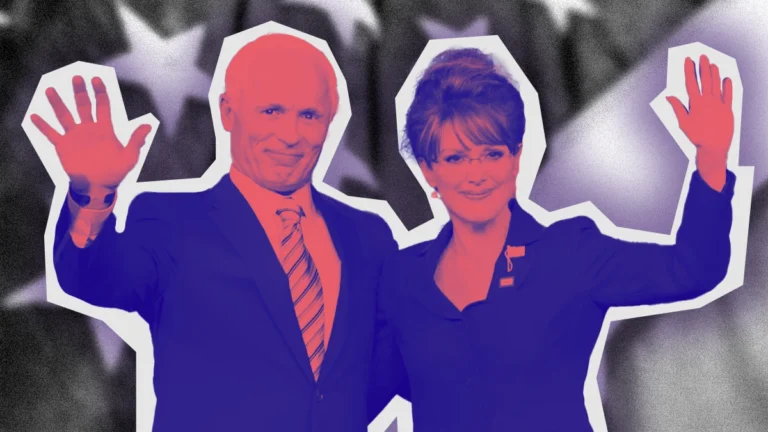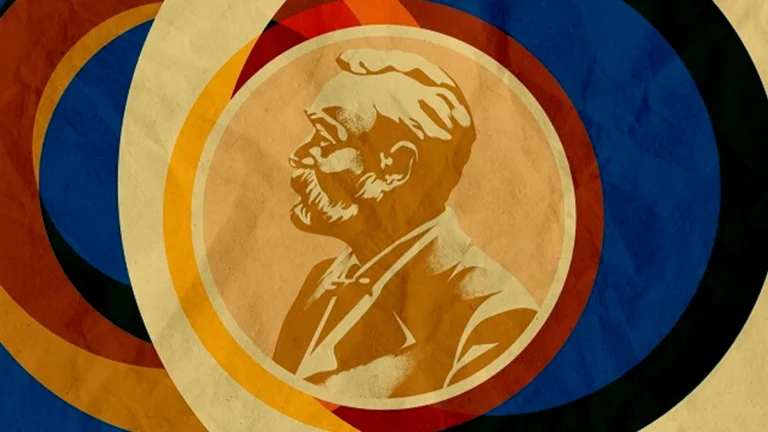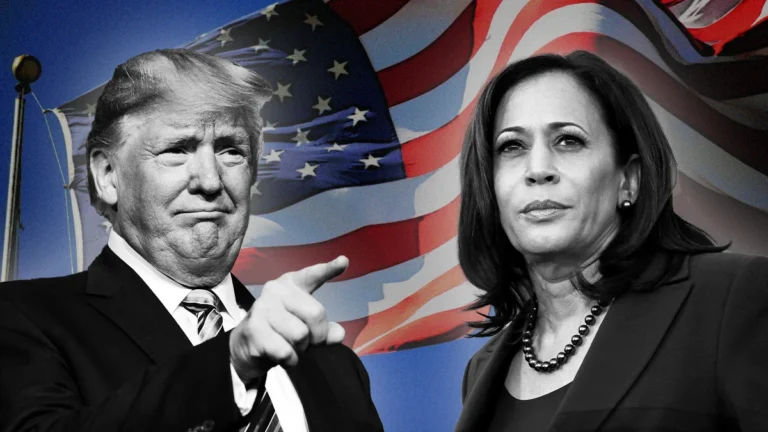The emerging market grouping known as BRICS – currently composed of Brazil, Russia, India, China, and later South Africa – has gone from being a mere slogan coined by an investment bank to becoming a club of countries that has assumed a prominent role on the world stage and will have a central role in financial markets.
Table of Contents
What they are and how the BRICS bloc came into being
It all began with the acronym “BRIC,” created in 2001 by economist Jim O’Neill, in order to draw attention to the strong growth rates present in Brazil, Russia, India and China. The intent was to offer an optimistic outlook to investors at a time of great pessimism in the market following the Sept. 11 terrorist attacks in the United States that year.
The four nations immediately grasped the idea and embraced it. Their rapid growth during that period indicated that they had common interests and similar challenges. They were already collaborating in forums such as the World Trade Organization. And believed that their influence in a world order dominated by the United States would be greater if their voices were united.
The first meeting of BRIC foreign ministers was organized by Russia in 2006 in conjunction with the United Nations General Assembly. The group held its first leaders’ summit in 2009, and then South Africa was invited to participate in late 2010.
Currently, BRICS members account for more than 42 percent of the world’s population, 23 percent of global gross domestic product and 18 percent of trade.
What these countries do and how they operate
The BRICS bloc’s greatest success to date has been financial. In 2014, the BRICS countries launched the $50 billion New Development Bank as an alternative to the World Bank and the International Monetary Fund.
Loans approved by the World Bank-inspired institution have exceeded $30 billion for water and transportation infrastructure projects since its launch in 2015. For example, South Africa borrowed $1 billion in 2020 to address the Covid-19 pandemic.
In addition, the bloc plans to discuss the feasibility of a common BRICS currency, although the project is still at the concept stage and will take a long time to implement.
Economically, Brazil and Russia’s natural resources and agricultural products make them natural partners to meet Chinese demand. However, trade ties between India and China are less developed, partly due to political rivalries and a border dispute.
Moreover, China’s GDP is more than double the sum of the GDPs of the other four members. Theoretically, this should give China greater influence within the bloc. However, India, which recently surpassed China in population, represents a significant counterweight.
Differences and common goals of the bloc
There is no denying that the BRICS bloc is characterized by considerable internal heterogeneity. As highlighted in an analysis by Foreign Policy, while Brazil and Russia are commodity exporters, China is a commodity importer.
Brazil, India and South Africa are democratic countries with vibrant civil societies, but China and Russia are ruled by autocratic regimes. Moreover, Brazil and South Africa are non-nuclear powers, unlike China, India and Russia, which possess nuclear arsenals. There is clearly an ongoing border conflict between China and India.
Despite these significant differences, no BRICS leader has ever skipped the group’s annual summits. Instead of disintegrating, diplomatic and economic ties among members have strengthened. And BRICS membership has become central to each member country’s foreign policy identity.
BRICS future plans and enlargement
In the current global scenario, the ambition of the BRICS is to increase its influence globally. A first step in achieving this goal is to expand the bloc to other countries.
China, which has sought to raise its profile on the global stage and counter Western influence, raised the issue of expansion when it chaired the group last year.
At least 19 countries have expressed interest, and among them, 13 have formally applied to join BRICS, including Saudi Arabia and Iran.
Other countries that have expressed interest include Argentina, the United Arab Emirates, Algeria, Egypt, Bahrain and Indonesia. Along with two East African nations and one West African nation.
The goal is probably to grow not only economically, but also as a political force. Since the beginning of the Russian war in Ukraine, the BRICS nations have increasingly distanced themselves from the so-called West.
Read also: Will BRICS emerging countries wage (economic) war on the West?












